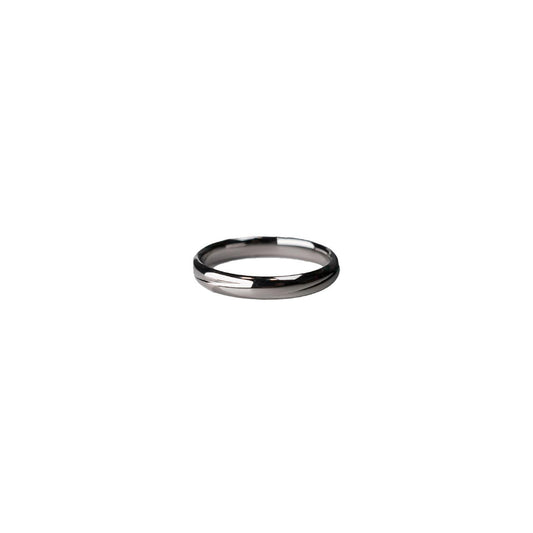The Curious Tradition of Wedding Ring Placement
The Curious Tradition of Wedding Ring Placement
Last weekend, I found myself at a cozy country wedding, tucked away in the rolling hills of Vermont. As I watched the couple exchange vows under a canopy of golden-leaved trees, a curious question popped into my head: Why do we wear wedding rings on the fourth finger of our left hand?
Digging into this question reveals a fascinating blend of tradition, culture, and a sprinkle of mythology. The most endearing origin story dates back to the ancient Egyptians, who believed that a vein ran directly from the fourth finger of the left hand to the heart, aptly named the "vena amoris" or the "vein of love." While modern anatomy debunks this notion, it's easy to see the romantic appeal that has allowed this tradition to endure.
In Western cultures today, the left-hand placement continues, but the reasons have expanded beyond romantic beliefs. The left hand is often less dominant, hence rings are less prone to wear and damage. Additionally, many of us, myself included, find the act of slipping a ring onto the left hand to be a comforting ritual that ties us to our history and brings a collective sense of belonging.
On a practical note, I once had a minor panic trying to free my wedding band from my slightly swollen finger after a particularly long flight. That's when I realized just how much my hands could change. This led me to consider ring materials, like flexible silicone bands that accommodate swelling, offering a brilliant solution for those with more active lifestyles or professions where a traditional metal ring can be a hazard.
Despite these practical considerations, I can't help but smile when I think about my own ring. It's a family heirloom, a delicate gold band with a tiny engraving that I can barely decipher. What it symbolizes, though, is clear: a connection to generations past and a promise of love and commitment that transcends time.
In today’s ever-globalizing world, we've seen more couples opting for rings on the right hand, influenced by various cultures where that's the norm. For instance, in many Eastern European countries, wedding bands are traditionally worn on the right hand. It’s a gentle reminder of how marriage traditions are as varied and unique as the people who practice them.
As I left that Vermont wedding, under a perfect pink dusk sky, the couple’s radiance was undeniable, and for a moment, I forgot about the tradition or the finger or the material of the ring. What mattered was the story being told—a story of love, commitment, and the quiet beauty of two lives becoming one.
So, while the placement of a ring might seem like a small detail in the grand scheme of things, it's a detail rich with stories, emotions, and personal connections. And that, perhaps, is the true magic in choosing which finger to wear it on.


























